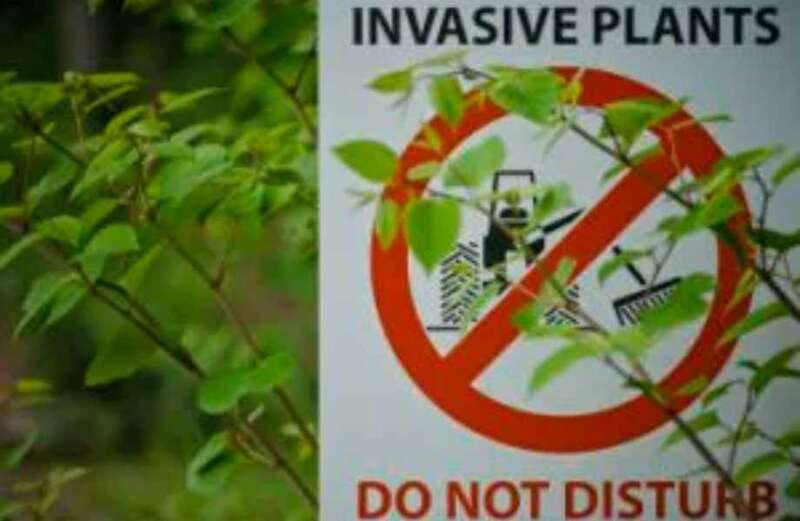Gardeners urge Brits to familiarise themselves with Japanese Knotweed.
Listed by the World Conservation Union as one of the world’s worst invasive species, learn how to spot the dangers of Japanese Knotweed.



Garden experts from GardeningExpress.co.uk have revealed the tell-tale signs of the destructive weed so Brits can protect their homes and gardens.
Brits are being urged to familiarise themselves with the dangers of Japanese Knotweed and how to identify it.
Japanese Knotweed was listed by the World Conservation Union as one of the world’s worst invasive species.
 I'm a property expert - my guess for the cheapest time to buy a home this year
I'm a property expert - my guess for the cheapest time to buy a home this year
The weed’s root system and rapid growth can damage concrete foundations, buildings, roads and paving.
Chris Bonnett said: “Japanese Knotweed can look fairly attractive with its creamy white flowers and heart-shaped leaves but it’s extremely destructive to its surroundings.
“To a lot of novice gardeners, Japanese Knotweed will look normal but it can cause a lot of damage to your home by eating its way through your walls, which is why it’s important to be able to recognise it.
“If you’re still unsure on whether or not you have knotweed in your garden, then it’s best to get in touch with an experienced gardener.
1. Red shoots
New shoots will start to emerge in the spring – these are red/purple and can look a bit like asparagus spears.
The leaves are normally rolled up and dark green or red in colour.
2. Leaves
As the leaves start to spread out, they’ll become a vibrant green colour and heart/shovel shaped with a point at the tip.
Some can be as big as 20cm across and they grow staggered at the stem.
3. Flowers
In late summer and early autumn small clusters of white/cream flowers will appear.
 Inside Camilla's £850k 'guilty pleasure' country pad - and Charles 'hates' it
Inside Camilla's £850k 'guilty pleasure' country pad - and Charles 'hates' it
The clusters grow to approximately 0.5cm wide but up to 10cm long.
The leaves will still be apparent and along with the flowers, it will create a dense foliage.
4. Stems
The stems are mostly hollow and bamboo like, with nodes and purple speckles.
The general growth habit has a distinctive zigzag appearance. Stems can also grow up to 3 metres tall.
In the winter, the stems become brittle.
5. Roots/rhizome
The rhizomes are the underground part of the weed. If fresh, they will snap easily.
The outside is dark brown, and the inside is usually an orange/dark yellow colour.
The Japanese knotweed rhizome system can grow to depths of 2 metres and can extend up to 7 metres horizontally from the plant.
As little as 0.7g of rhizome can give rise to a new plant – which is one of the reasons this weed can become such a nuisance.

































